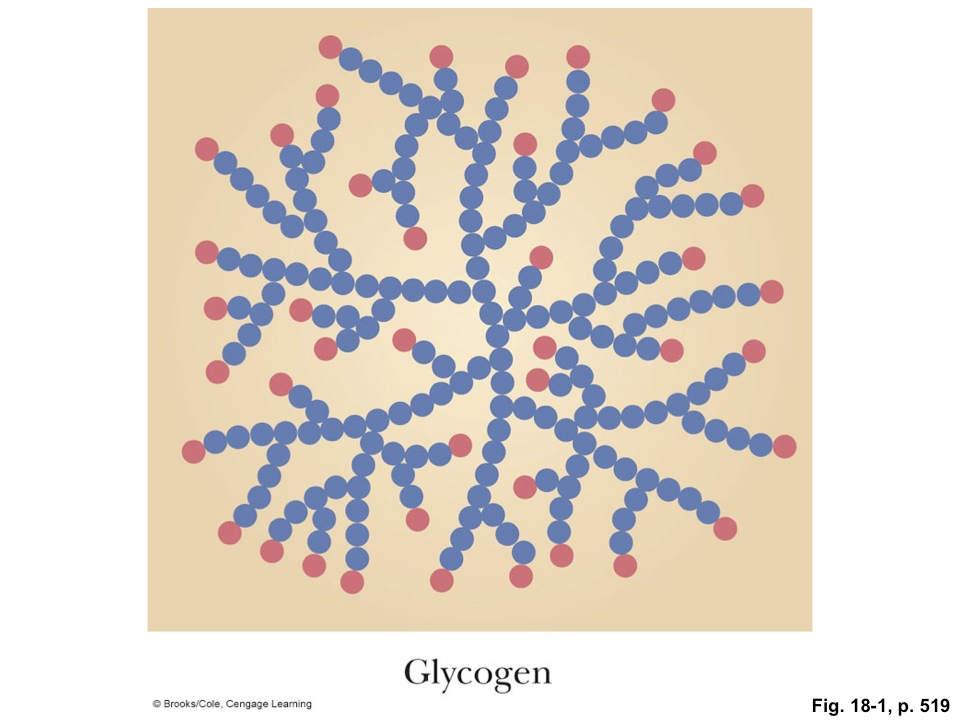Next up on our tour of biological macromolecules are carbohydrates. The carbs are the simplest polymers involved in life. Lipids are the only kind of the four macromolecule types which are not polymers. Carbohydrates, proteins, and nucleic acids are all polymers. This means that they are long chains formed by repeating chemical units (see the first picture). Carbohydrates consist of starches and sugars, and starches are simply long chains of the same kind of sugar molecule repeated over and over. The fact that starches contain the same sugar repeated over and over precludes them from containing information, in the same way that one cannot make a meaningful sentence by simply repeating the same word over and over. For this reason, starches are primarily used as simple fuel sources: they are degraded by proteins in order to store chemical potential in the cell. There are, however, instances where certain cells put specific kinds of sugars on their surface for purposes of sending or receiving a signal from another cell, and this constitutes a “sugar code” that is informational. But these processes are not essential to life and almost certainly emerged later in evolution.
Here’s a cartoon of glycogen, which is the storage form of glucose (sugar) inside animal cells (like yours). The blue dots are glucose molecules and the red dots are the places where a protein can come along and chomp off a glucose to be burned (oxidized) by the cell for energy:
